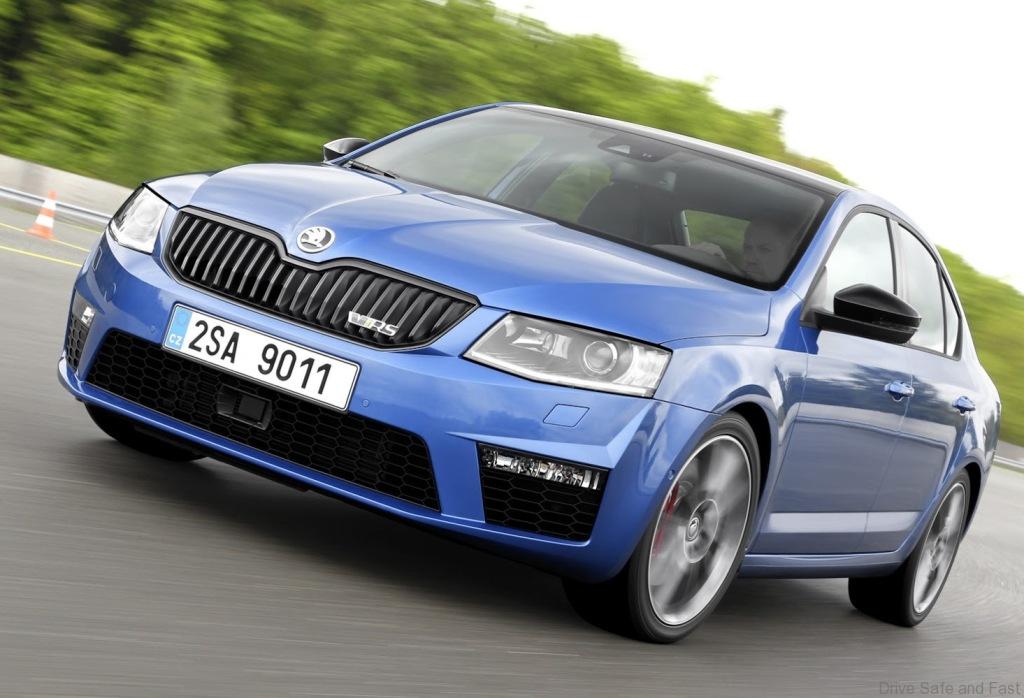Skoda, which is celebrating its 110th anniversary building automobiles this year, attracted VW Group’s attention after the Iron Curtain fell because of its good infrastructure, low wage costs and the high skills of its employees. Roughly a quarter century since VW Group took its first stake in the company, Skoda, now a fully owned subsidiary, builds seven model lines and more than 40 different variants. Its Czech plants are also important to VW as a low-cost manufacturing site for other group subsidiaries. Spanish sister brand Seat, for example, has contracted Skoda to build its forthcoming compact crossover, which is due next year, at its Kvasiny plant while the Seat Toledo sedan is currently produced in Mlada Boleslav.
Over many years Skoda has cultivated an image as the smart, rational choice for practical car buyers, focusing on high build quality and functionality, with class-leading luggage space and a roomy interior all at an affordable price. Unlike direct competitors such as Korean automakers Hyundai and Kia, Skoda also offers all-wheel drive in the compact sedan/station wagon segment with the Octavia. Prices for a 4×4 start as low as 25,430 euros with tax in Germany, which is Skoda’s second-largest global market behind China. The added traction on snow and ice is particularly beloved in colder climates, and has helped make Skoda the No. 4 seller overall in the lucrative Swiss market last year behind only VW, BMW and Audi.




